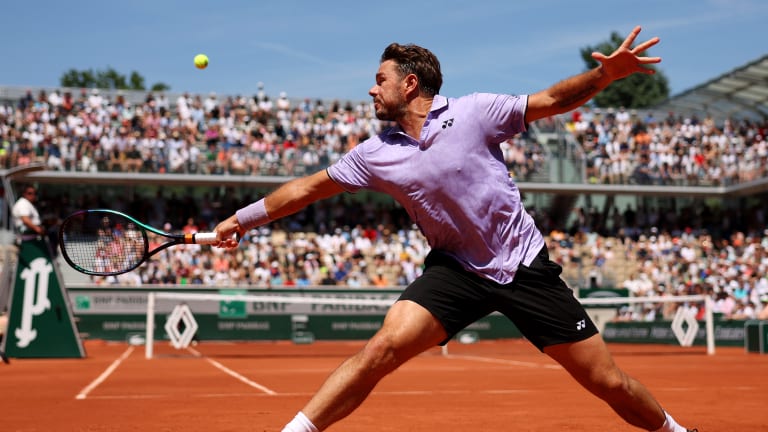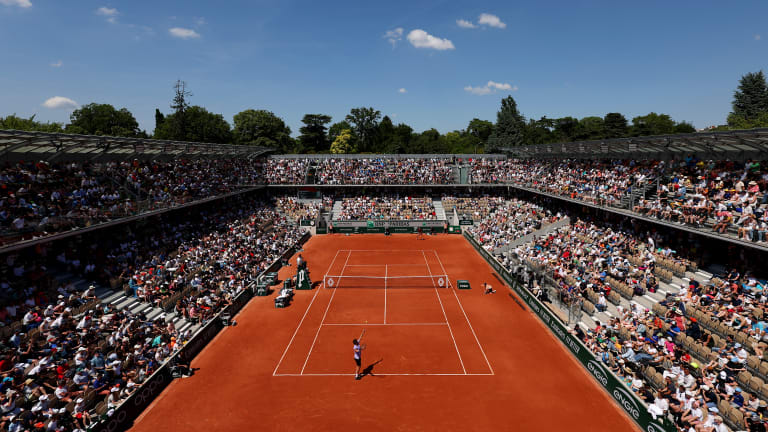Roland Garros
It was leg day for Stan Wawrinka, who fell in five but again defined success at Roland Garros
By May 31, 2023Roland Garros
French Open organizers introduce draw to access ticket sales
By Jan 07, 2025Roland Garros
Coaches Corner: Juan Carlos Ferrero proves essential to Carlos Alcaraz's Roland Garros success
By Jun 14, 2024Roland Garros
What’s next for Novak and Nadal? Four ATP storylines after the Paris fortnight
By Jun 10, 2024Roland Garros
Naomi’s resurgence, Iga on grass: Four WTA storylines after the Paris fortnight
By Jun 10, 2024Roland Garros
Carlos Alcaraz becomes the clay-court champion that he—and we—always knew was possible
By Jun 09, 2024Roland Garros
Coco Gauff wins first Grand Slam doubles title with Katerina Siniakova in dream team debut
By Jun 09, 2024Roland Garros
Coco Gauff is a Grand Slam champion in singles and doubles, exceeding her own expectations
By Jun 09, 2024Roland Garros
From Rafa to Iga: as one owner of Roland Garros departs, a new one has moved in
By Jun 08, 2024Roland Garros
Roland Garros men's final preview: Carlos Alcaraz vs. Alexander Zverev
By Jun 08, 2024Roland Garros
It was leg day for Stan Wawrinka, who fell in five but again defined success at Roland Garros
The former champion played the 56th fifth set of his career—the most of any active player—but fell gamely to Thanasi Kokkinakis.
Published May 31, 2023
Advertising

What places Wawrinka’s legs have taken him, through 888 ATP Tour matches—including 56 five-setters, the most of any active player.
© Getty Images
Advertising

Court Simonne-Mathieu was packed on a flawless day in Paris.
© Getty Images